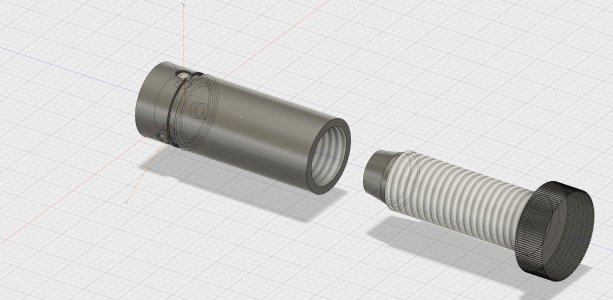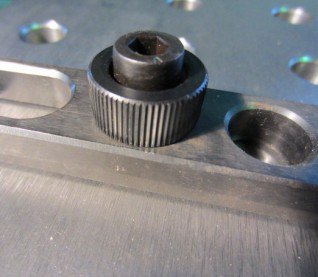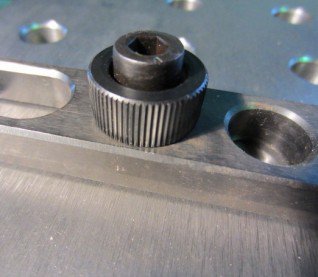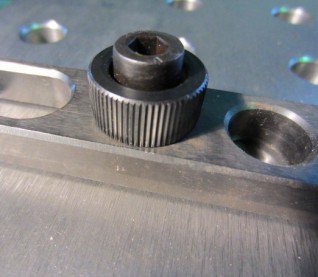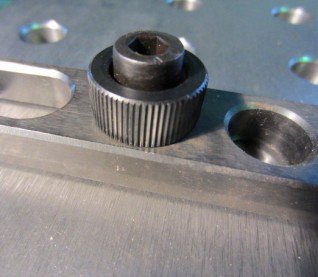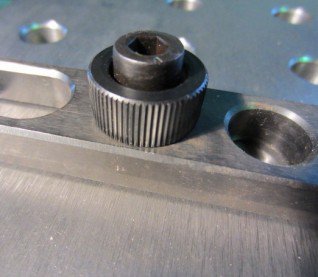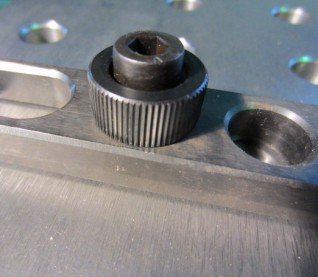- Joined
- Dec 9, 2014
- Messages
- 59
Hello all,
I have a thread on making a build pro welding table, it is linked at the bottom, and i am wondering if it is possible to make the ball lock bolts that are used with the table? They screw on and when tightened the balls push out at bottom, gripping to the underside of the table, but i don't know exactly how this is done, whether a plate pushes the balls out or what. They can be bought in a 10 pack for around about $250, so $25 a piece, if it takes any longer than 2 hours to build each one than its probably not worth it. any input would be greatly appreciated.
here is the bolt:
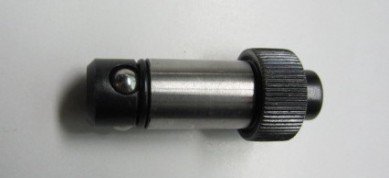
and link to the table:
http://weldingweb.com/showthread.php?574411-Buildpro-inspired-Welding-table-(question)
cheers
little_sparky
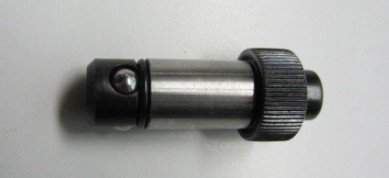
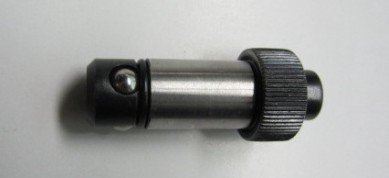
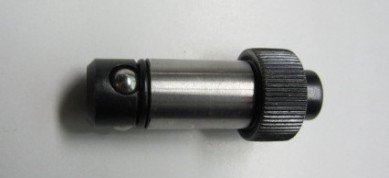
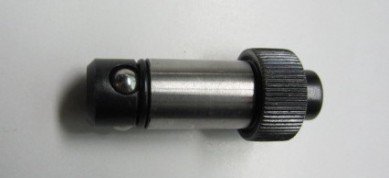
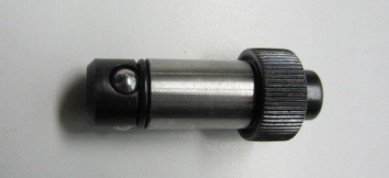
I have a thread on making a build pro welding table, it is linked at the bottom, and i am wondering if it is possible to make the ball lock bolts that are used with the table? They screw on and when tightened the balls push out at bottom, gripping to the underside of the table, but i don't know exactly how this is done, whether a plate pushes the balls out or what. They can be bought in a 10 pack for around about $250, so $25 a piece, if it takes any longer than 2 hours to build each one than its probably not worth it. any input would be greatly appreciated.
here is the bolt:

and link to the table:
http://weldingweb.com/showthread.php?574411-Buildpro-inspired-Welding-table-(question)
cheers
little_sparky








